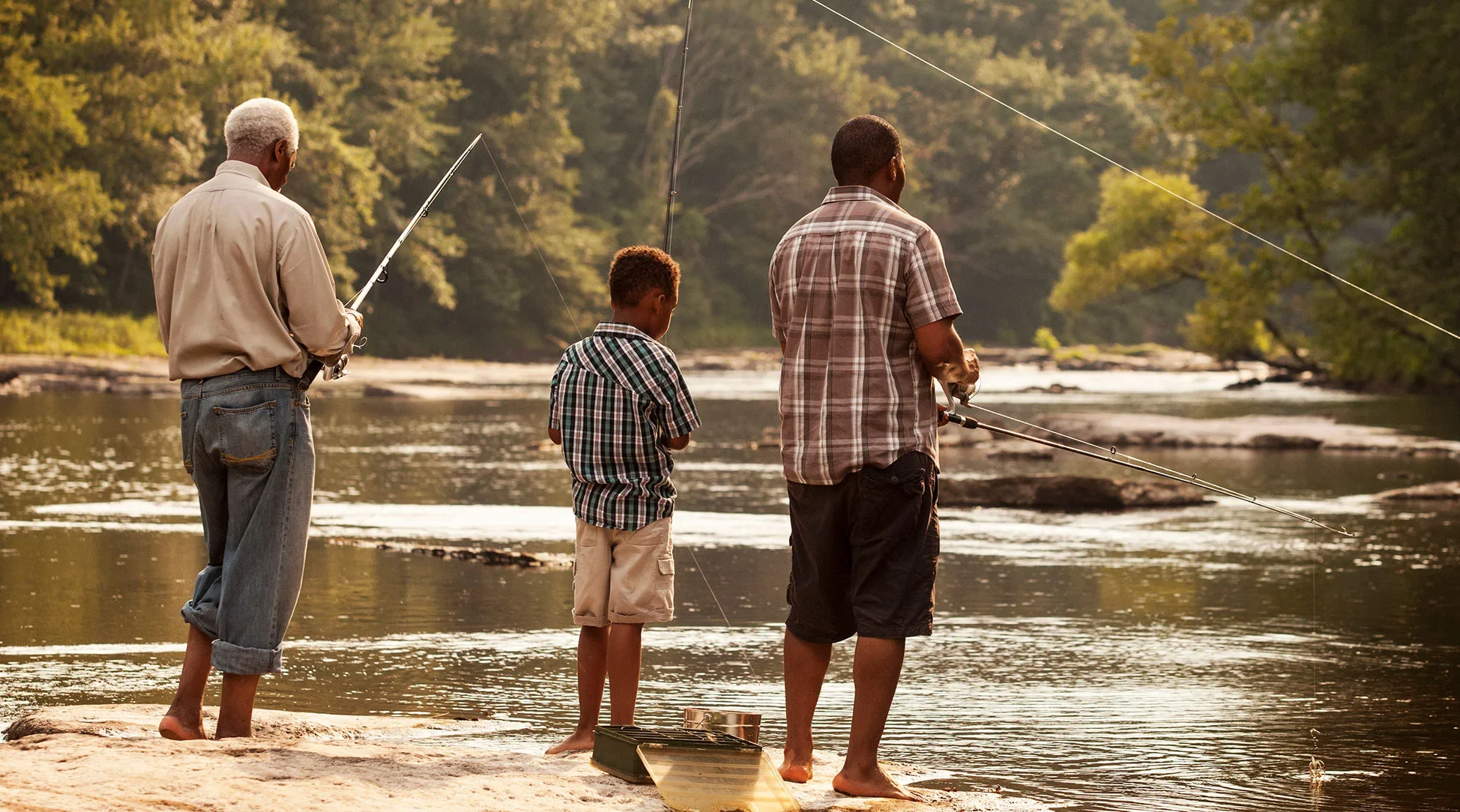Are you ready to try your hand at surf fishing? The thrill of reeling in a big catch from the shore is unmatched. But before you hit the beach, there are a few things you need to know. In this Surf Fishing 101 guide, we’ll cover everything from finding the best location to landing your first striped bass or bluefish. With the right gear and techniques, you’ll be well on your way to becoming a successful surf angler. So grab your tackle box and let’s get started!
Location, Location, Location
Finding the right location is key to a successful day of surf fishing. You’ll want to look for areas where there are sandbars, drop-offs, or other features that attract fish. One way to identify these spots is by looking for changes in water color or temperature.
It’s also important to pay attention to tides and currents. Fish tend to feed more actively during incoming tides, so try casting your line at high tide. On the other hand, outgoing tides can create strong currents that make it difficult for fish to swim against them.
Another factor to consider when choosing a location is the time of day. Some species may be more active during early morning or late afternoon hours. Do some research on the type of fish you’re targeting and their feeding habits.
Don’t forget about safety when selecting a spot for surf fishing. Be aware of any potential hazards such as rocks or steep cliffs and always keep an eye on changing weather conditions before heading out onto the beach.
The Right Gear
The right gear is essential for successful surf fishing. You don’t need to break the bank, but investing in quality equipment can make a big difference in your catch rate.
Firstly, you’ll need a sturdy rod and reel combo that’s suitable for saltwater fishing. Look for something with medium-heavy power and fast action – this will give you enough strength to handle larger fish like striped bass and bluefish.
Next up is the line – choose a braided or monofilament line with at least 20-pound test strength. This will ensure that your line won’t snap if you hook into a bigger fish.
In terms of terminal tackle, there are a few things you’ll need. A selection of weights (or sinkers) is important so that you can adjust your presentation depending on conditions like wind and current.
You’ll also want to bring along some swivels, hooks (size depends on bait), and leader material. Leaders help prevent fish from biting through your mainline, and they’re especially important when targeting toothy critters like bluefish.
Invest in some waders or waterproof boots so that you can comfortably stand in the water while casting. Surf fishing generally involves getting wet – embrace it!
The Right Bait
Choosing the right bait is crucial when it comes to surf fishing for striped bass and bluefish. These fish are known to be aggressive predators, so you’ll want to use a lure or bait that imitates their natural prey.
One popular option is using live bait such as eels, sandworms, or clams. Eels can be effective in attracting larger striped bass while sandworms are great for catching smaller ones. Clams are best used during low tide when they’re exposed in the sand.
If live bait isn’t an option, artificial lures can also do the trick. Topwater plugs mimic struggling prey on the water’s surface and can attract both species of fish. Jigs and soft plastics work well too – just make sure you choose a color that matches the local baitfish.
Another important factor to consider is scent. Applying fish oil or spray onto your lure or bait can help increase its effectiveness by making it more attractive to hungry fish.
Ultimately, choosing the right type of bait will depend on various factors like time of day, weather conditions, and location. Experimenting with different options until you find what works best will increase your chances of landing some big catches from shore!
How to Cast
Casting is an essential skill to master when it comes to surf fishing. Here are some tips on how to cast like a pro:

First, make sure you have the right equipment. A long rod with a fast action and heavy line will help you cast further and more accurately.
Next, position yourself properly by standing perpendicular to the water’s edge and facing your target area.
Hold your rod with both hands, one hand on the grip and the other hand near the reel. As you begin your backswing, slowly lift your rod tip up towards 11 o’clock (if casting right-handed) or 1 o’clock (if casting left-handed).
As you bring the rod forward in a smooth motion, release your line with a flick of your wrist at just the right moment for maximum distance.
Be patient as it may take some time and practice before mastering this technique. Remember that proper form is crucial for consistent success in surf fishing!
How to Fight a Fish
Fighting a fish can be an exhilarating experience, but it’s important to know how to do it properly. The first thing you need to do is keep your cool. Don’t get too excited and start yanking the line, or else you risk losing the fish.
When fighting a fish, always keep tension on the line by reeling in when you can. If the fish runs, let it run and loosen your drag if necessary. Keep your rod tip up so that the fish doesn’t swim under rocks or other obstacles.
If you’re fishing with a partner, communicate with them about what’s happening on your end of the line. They may be able to offer some tips or help you land the fish more easily.
Remember that landing a big catch takes time and patience. Don’t rush things or try to force the fish into shore before it’s ready. Be prepared for a lengthy battle if necessary.
Always handle any catch with care once landed. Wet your hands before touching it and remove hooks gently using pliers if needed before releasing back into water unharmed or taking home for dinner!
What to Do When You Catch a Fish
Now that you’ve caught a fish, what should you do? First things first: take the hook out of the fish’s mouth. If it’s deeply embedded, don’t panic. Simply cut the line as close to the hook as possible and release the fish back into the water. It’s not worth harming the fish just to get your hook back.
If you’re keeping your catch, make sure to properly store it on ice or in a cooler until you can clean and cook it. Remember to check local fishing regulations for size limits and bag limits before keeping any fish.
Surf fishing may seem intimidating at first, but with these tips in mind, you’ll be well on your way to landing striped bass and bluefish from shore like a pro. Happy fishing!


